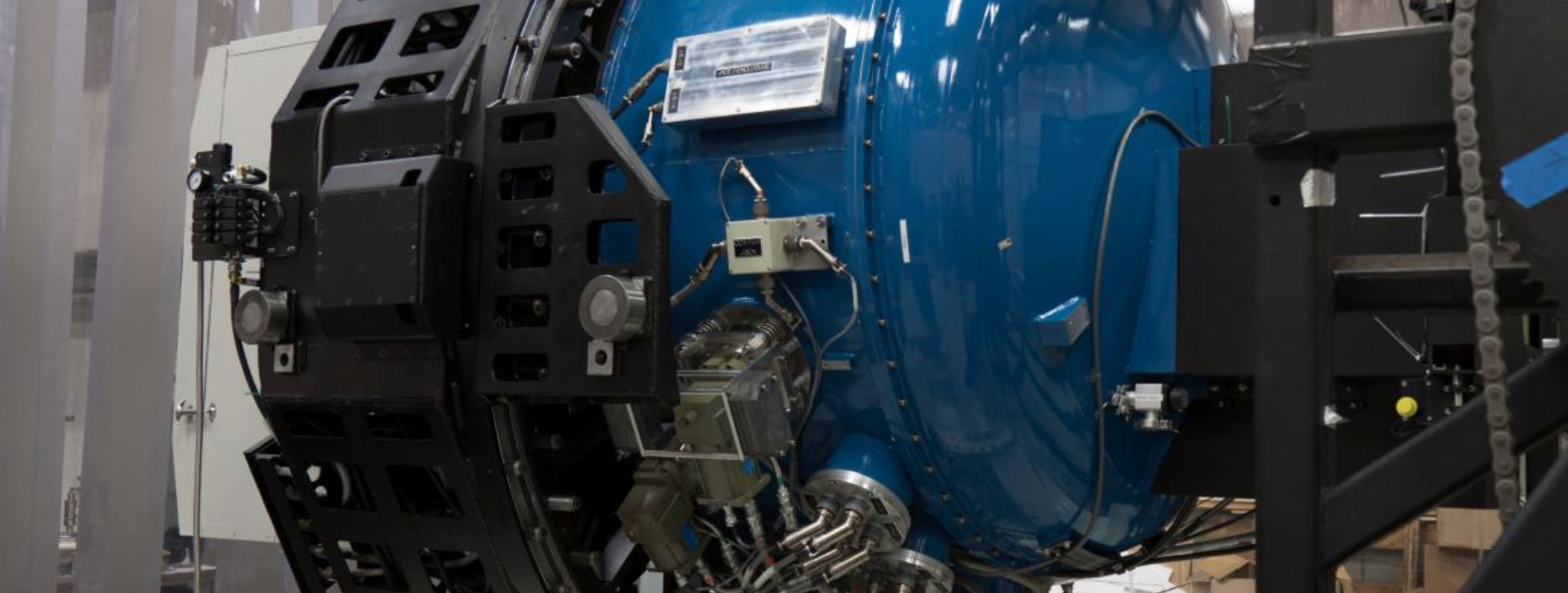Research areas
UCLA Infrared Laboratory

The last twenty five years has been a very exciting time for infrared astronomy. Spurred by the development of tiny, solid-state imaging devices called infrared arrays, infrared astronomy has undergone a revolution. Astronomers can now obtain electronic images of stars too cool to emit much normal light, or too heavily enshrouded in gas and dust for normal light to escape. Moreover, with the advent of adaptive optics, infrared images can now be obtained at the diffraction limit of the world's largest telescopes, e.g. the twin 10-m telescopes of the W. M. Keck Observatory, thus revealing exquisite detail in these hidden regions.
Our goals for the UCLA Infrared Laboratory, now part of the University of California Observatories, are to advance the techniques and applications of infrared imaging devices for astrophysics. We design and develop infrared cameras and spectrometers for Lick Observatory, Keck Observatory, Gemini Observatory, the Thirty Meter Telescope Observatory, and NASA's Stratospheric Observatory for Infrared Astronomy. For example, all four of the currently operational infrared instruments at the W. M Keck Observatory in Hawaii were built entirely or in part at UCLA. The IR Lab also supports observational programs to study key astrophysical topics, including brown dwarfs and exoplanets, star and planet formation, the Galactic Center, and the formation and evolution of galaxies.
Click here to navigate to the Infrared Lab website.
Faculty research
Eric Becklin, as senior science advisor on SOFIA, is responsible for the science requirements and interaction with the science community. As Director Designate, he is responsible for operations planning, personnel, peer review, and interaction with the German SOFIA team.
Michael Fitzgerald is interested in extrasolar planets and their formation using indirect and direct techniques such as adaptive optics, coronagraphy, and interferometry. He also works to develop infrared instrumentation.
James Larkin is working on CATS (Center for Adaptive Optics Treasury Survey), a coordinated program to observe thousands of galaxies with adaptive optics in the deepest fields covered by the Great Space Observatories (HST, CHANDRA and SIRTF).
Ian McLean is involved with the Brown Dwarf Spectroscopic Survey (BDSS), designed to study near-infrared moderate-to-high resolution spectra for a large sample of low-mass stars and sub-stellar mass objects in the M and newly defined L and T dwarf classes.
Links